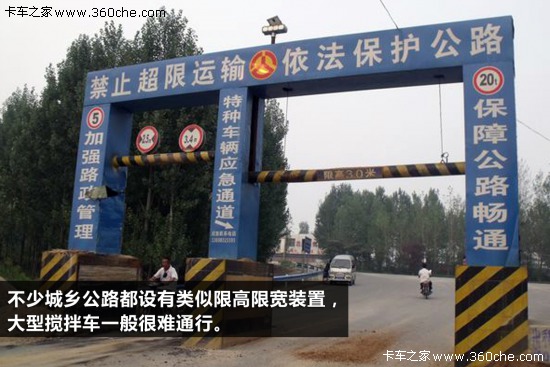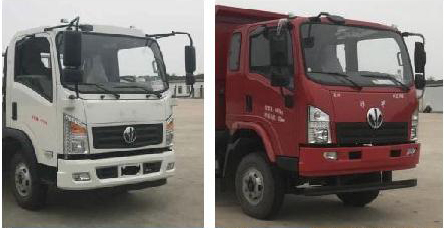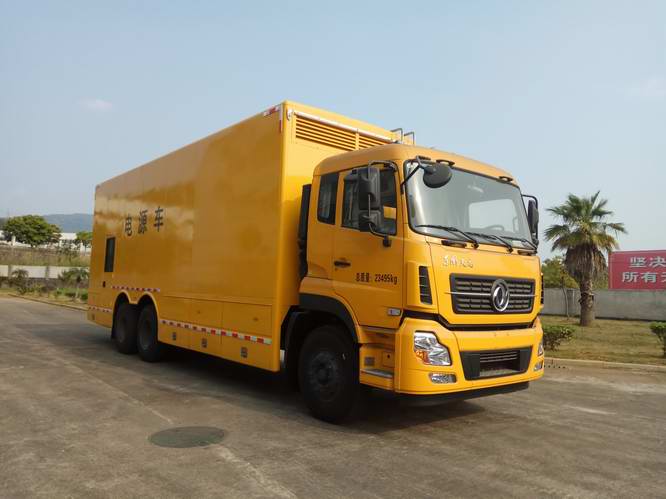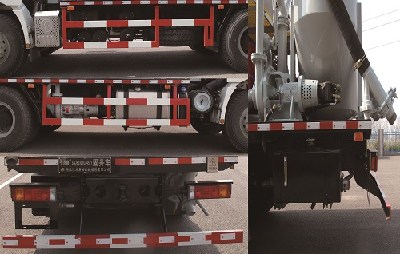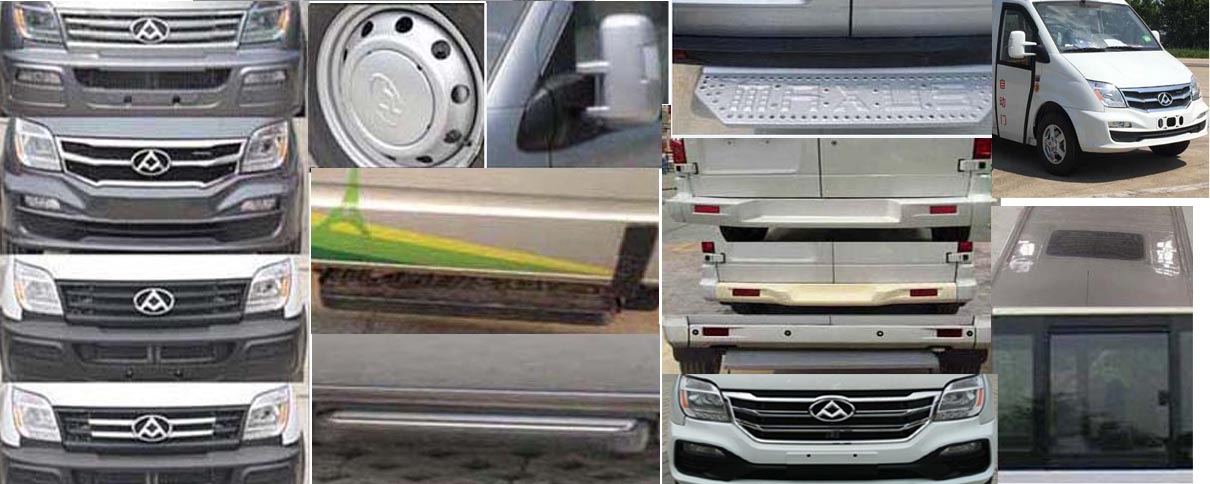形位公差英文翻译
Geometric Dimensioning and Tolerancing (GD&T) is a system used in engineering to communicate design requirements for manufactured parts. One of the key components of GD&T is positional tolerancing, which specifies the allowable deviation of a feature from its desired location.
http://www.easiu.com/common/images/d6a75c97c1.jpg
Positional tolerancing is achieved through the use of a geometric tolerance called 'Position,' which combines both a linear tolerance and an angular tolerance. This tolerance is used to control the location, orientation, and alignment of features on a part.
One important aspect of positional tolerancing is the concept of 'datum features.' These are reference features on a part that are used to establish a coordinate system for all other features on the part. The position of each feature is then measured relative to these datum features, allowing for a consistent and reliable method of measuring and inspecting parts.
Another important aspect of positional tolerancing is the use of 'form controls,' which specify the allowable deviation of the shape of a feature from its ideal form. This includes controls for straightness, flatness, roundness, cylindricity, and profile.
Overall, the use of positional tolerancing and GD&T is critical for ensuring that manufactured parts meet the design requirements and function correctly in their intended applications. By communicating design requirements clearly and accurately, GD&T helps to minimize errors, reduce waste, and improve the quality of the final product.
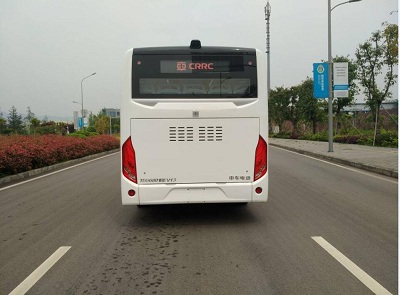
荣事达洗衣机内筒异响
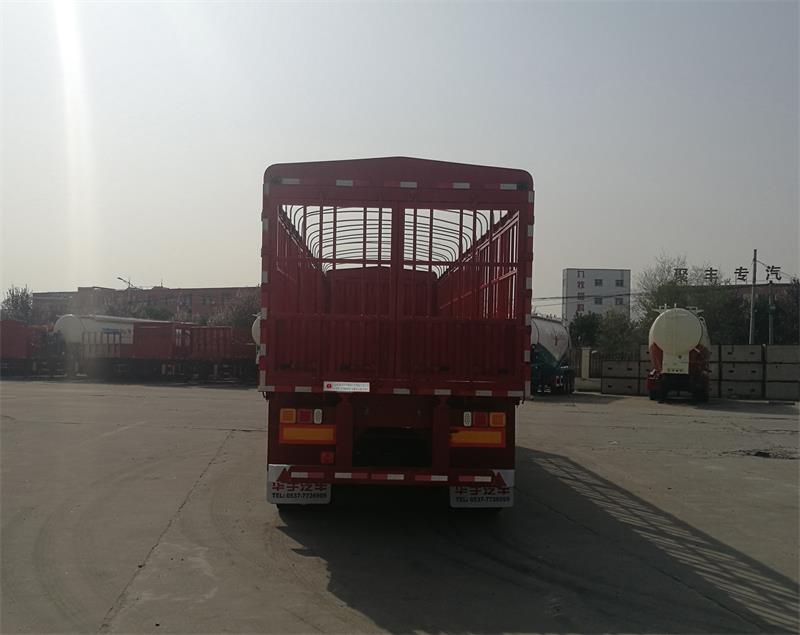
海尔le24t30遥控器
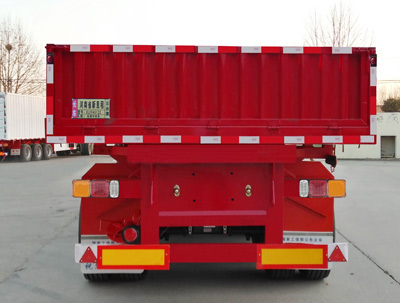
科龙空调外机风扇不转
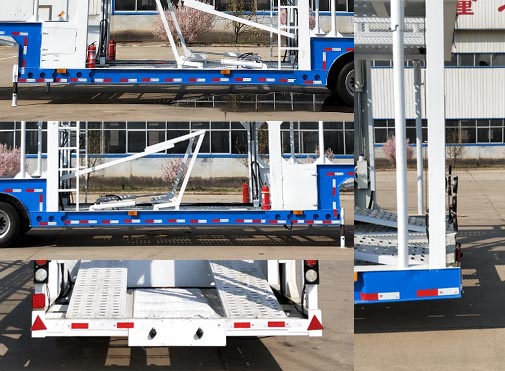
空调制热外机冒气

九阳J丫C-21ES55C电磁炉维修

长虹电视出现红色m

sanyo洗衣机e1故障代码

tcl王牌le32m09液晶彩电

tclhd29c41场

空调变频器坏了
